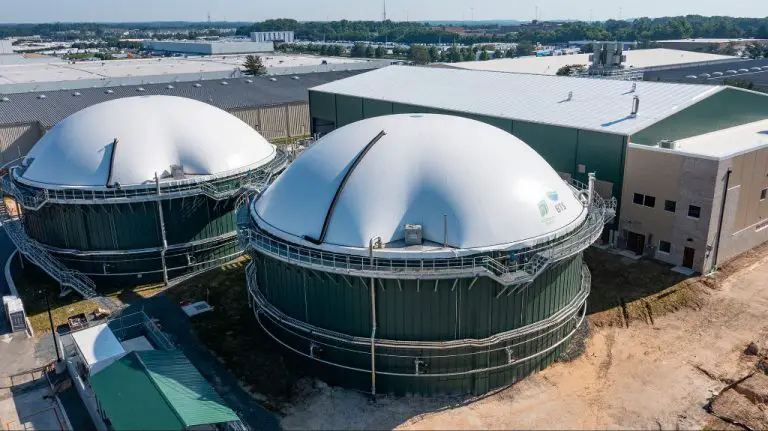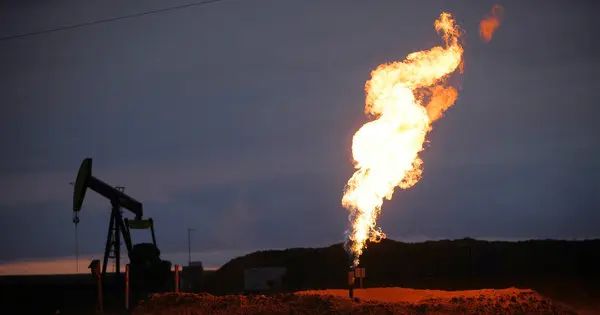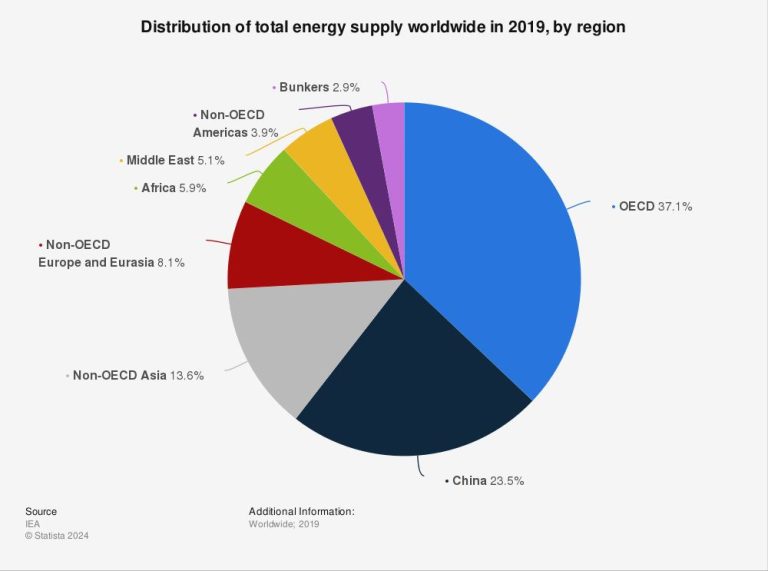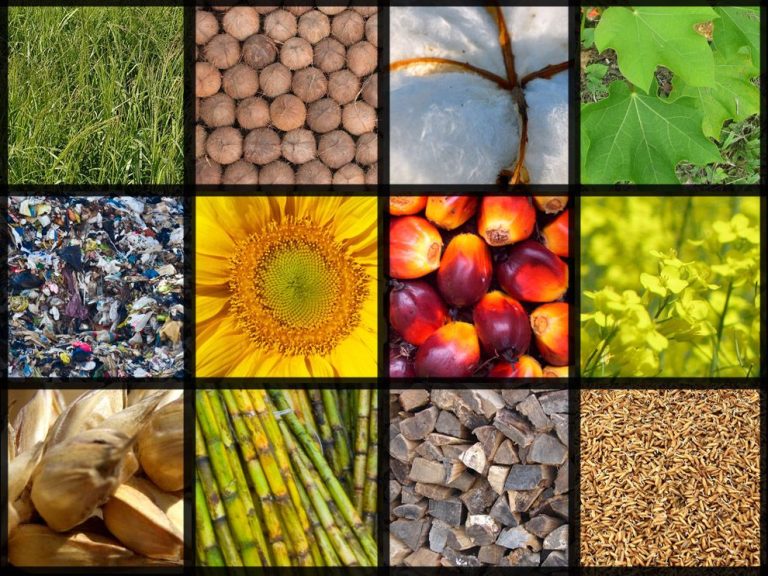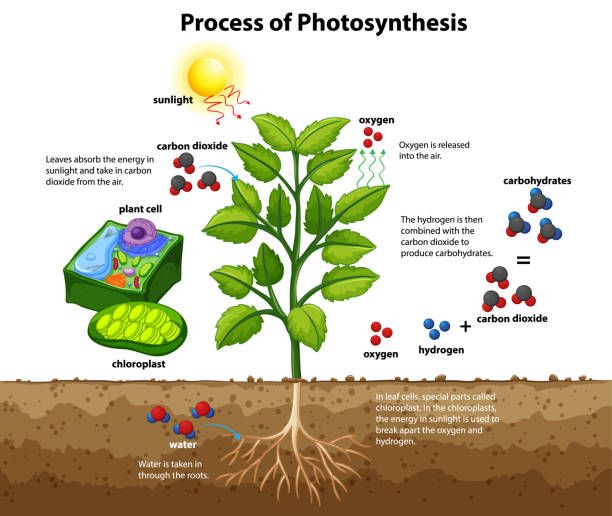Is Lobster A Renewable Resource?
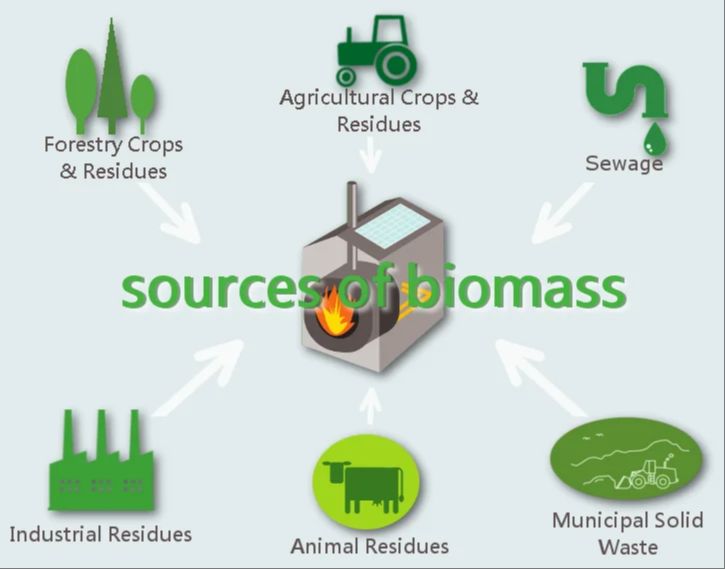
A renewable resource is a natural resource that can replenish itself at the same rate as it is being consumed. Examples of renewable resources include sunlight, wind, water, and biomass from plants and animals. Lobster is considered a renewable resource because lobsters are able to reproduce and maintain stable population levels if harvested sustainably.
The lobster fishing industry has a long history in the northeastern United States and Atlantic Canada. Lobster fishing began in Maine in the early 1800s when lobsters were so abundant they were considered a nuisance catch. Lobster traps were invented around 1810 allowing fishermen to catch more lobsters. The lobster fishery grew commercially important in Maine by the late 1800s. Today, lobsters are more prized as a delicacy, supporting an industry worth over $1 billion annually in the United States alone.
Lobster Biology
Lobsters go through a complex lifecycle that begins with an egg stage. The female lobster carries the eggs underneath her tail for 9-11 months before they hatch into larvae (Lobster Biology – National Lobster Hatchery, https://nationallobsterhatchery.co.uk/lobster-biology/). The larvae float freely in the ocean currents for 5-10 weeks, going through several molt stages as they grow. They then settle on the seafloor and molt into the postlarval stage, which migrates inshore and eventually molts into the juvenile lobster stage. Juvenile lobsters will molt and grow for 2-6 years before reaching sexual maturity (Lobster Biology, http://www.lobsters.org/tlcbio/biology7.html).
Lobsters reproduce by the male transferring sperm to the female’s sperm receptacles. A female lobster can only mate right after she has molted and her shell is still soft. She can store the sperm for up to 2 years before using it to fertilize her eggs when they mature. A large female lobster can lay up to 100,000 eggs in a clutch. She may reproduce every 1-2 years, depending on her size and health. The eggs hatch into larvae about 9-12 months after being extruded from the female (Lobster Biology – National Lobster Hatchery, https://nationallobsterhatchery.co.uk/lobster-biology/).
Lobsters grow by molting their exoskeleton. Young juvenile lobsters may molt 4-6 times per year, while larger adults only molt once every 1-2 years. At each molt, a lobster increases its body size by 5-15%. It takes lobsters 6-8 years to reach legal harvest size, which varies between 3 1⁄4 – 5 inches long depending on the jurisdiction. Larger lobsters can live to be over 100 years old.
Lobster Population Trends
The American lobster population has fluctuated over the past century. According to a 2005 study published in the Journal of Shellfish Research, the lobster population in the Gulf of Maine declined sharply from the 1920s to the late 1980s, with landings decreasing around 80% (Howell, 2005). However, lobster populations rebounded in the 1990s and have generally been increasing since then.
Current lobster populations are near historic highs in the Gulf of Maine/Georges Bank region. Maine’s lobster landings reached a record high of 132.6 million pounds in 2016, more than five times higher than the 1980s (RI Monitoring). However, lobster populations further south have declined, with a 70% drop in Southern New England waters since the late 1990s.
The future of lobster populations remains uncertain. Some models predict lobster populations will continue increasing as waters warm with climate change. However, lobster shell disease has increased substantially and could negatively impact populations if it continues spreading.
Lobster Fishing Regulations
California has strict regulations in place to manage its lobster fisheries and ensure sustainability. The state’s Department of Fish and Wildlife determines the regulations each season based on the latest scientific data on the lobster population status and trends (https://wildlife.ca.gov/Conservation/Marine/Invertebrates/Lobster). In 2023, the state further refined spiny lobster fishing regulations to improve management of the fisheries.
The regulations include size limits to protect juvenile lobsters. The minimum legal size is 3 and 1/4 inches carapace length for spiny lobster and 3 and 5/16 inches for California spiny lobster (https://cdfwmarine.wordpress.com/2023/08/17/changes-to-recreational-spiny-lobster-fishing-regulations-for-the-2023-2024-season/). Undersized lobsters must be returned to the water unharmed.
There are also seasonal closures during lobster breeding and molting periods. The recreational lobster season runs from late September/early October through mid-March. Commercial lobster fishing occurs between late September and mid-March. A spring closure from early April through late August/September allows lobsters to mate and molt their shells without disruption (https://www.courthousenews.com/in-dispute-over-lobster-fishing-regulations-judge-sides-with-the-whales/).
Additional regulations include bag limits, restrictions on gear types and numbers, size and use of traps, and prohibitions on taking egg-bearing females. These measures maintain healthy lobster populations and manage commercial and recreational fishing impacts. By following the regulations, anglers can enjoy lobster fishing sustainably.
Lobster Habitat and Ecosystem
American lobsters live in coastal waters from Labrador to North Carolina. They prefer rocky bottoms and areas with lots of cover where they can hide, like rocky ledges and coral. Lobsters tend to live in shallow waters close to shore during the summer, then migrate to deeper offshore waters in the winter where the water stays above freezing. Ideal temperatures for lobsters range from 12-20°C (54-68°F) (Research Highlights: New England Lobster in a Changing Climate, 2014).
Climate change and warming oceans threaten lobster habitat. By 2050, models predict the Gulf of Maine could warm by 2-4°C. This warming is causing lobsters to move into deeper, cooler waters and farther north and east. However, the deep waters off the Northeast U.S. continental shelf lack the rocky shelters and vegetation that provide cover for lobsters (American Lobster, Sea Scallop Habitat Could Shift Off the Northeast U.S. Continental Shelf as Waters Warm, 2020).
Lobsters play an important role in the marine ecosystem as both predator and prey. They feed on fish, crabs, clams, mussels and sea urchins while also falling prey to large bottom-feeding fish, seals, and octopuses. Loss of lobster populations due to climate change and overfishing could impact food webs and ecosystem dynamics.
Lobster Fishing Methods
The two main methods for catching lobsters commercially are traps and nets. Traps are more commonly used as they tend to be more sustainable and selective in what they catch.
Lobster traps are boxes made of wood or wire that have funnels allowing the lobster to enter but not exit easily. Bait is placed inside the trap to lure in lobsters. Traps are dropped to the seafloor and marked with buoys at the surface. Traps are hauled up after a period of soaking and any caught lobsters are removed.[1] The traps target adult lobsters and allow undersized and egg-bearing females to be released back unharmed, supporting sustainability.
Nets such as gillnets can also be used to catch lobsters but are much less common as they are less sustainable. Nets are dragged along the seafloor and catch everything in their path indiscriminately. The bycatch can include undersized lobsters and other marine species. Nets can also damage seabed habitats. Some regions have banned lobster nets due to their lack of selectivity and impacts on the ecosystem.[2]
Lobster Demand
Consumer demand for lobster has increased steadily in recent years. According to Lobster Market Sizing and Growth Analysis, the global lobster market size was valued at approximately $5.7 billion in 2022. Rising consumer demand, especially in Asia, is driving market growth. Lobster is considered a luxury food item and its demand grows as incomes rise globally.
The U.S. and Canada are the largest exporters of lobster, meeting demand in major markets like China, Europe, and Japan. According to the Lobster Institute, around 60% of lobsters caught in Maine are exported internationally. Exports to China have surged since 2010, with the U.S. exporting over $140 million worth of lobsters to China in 2017. International trade in lobster is expected to continue growing as emerging economies develop an appetite for luxury seafood items.
Lobster Farming
Lobster aquaculture has been explored as a way to meet rising demand and reduce pressure on wild stocks. However, commercial lobster farming has faced challenges. Early attempts at culturing lobsters in the late 1800s were unsuccessful. It wasn’t until the late 1980s that researchers achieved the first complete larval development in captivity (Globalseafood.org, 2023).
Recent breakthroughs in larval rearing methods have renewed interest in lobster aquaculture. In 2012, researchers at the University of Maine became the first to successfully breed lobsters in captivity through multiple generations. This has opened the possibility of scaling up lobster aquaculture to a commercial level (Seafoodsource.com, 2023).
However, many hurdles remain for lobster aquaculture to become economically viable. Lobsters grow slowly and take 3-7 years to reach market size. Providing suitable habitat and nutrition for each life stage remains technically challenging and expensive. More research is needed to bring down costs and make it competitive with wild harvest (Globalseafood.org, 2023).
While still in early stages, advances in lobster aquaculture techniques could eventually supplement wild fisheries. If economics improve, farming could relieve pressure on overfished lobster populations. But environmental impacts, regulations, and high startup costs continue to limit commercial viability.
Sustainability Efforts
There are several sustainability efforts underway to ensure lobster populations remain healthy and the fishery is well-managed. Two key initiatives are Marine Stewardship Council (MSC) certification and fishery improvement projects (FIPs).
The MSC is an international non-profit that sets standards for sustainable fishing practices. According to the Maine Lobster Now, the Maine lobster fishery has been MSC certified since 2016. This rigorous certification process verifies that lobster fishing in Maine meets science-based sustainability standards.
FIPs are multi-stakeholder efforts to improve fishing practices and management. As noted by Lobster Gram, many lobster fishing areas have established FIPs to address conservation issues. FIPs have clear goals, action plans, and monitoring to drive continuous improvements. This helps ensure lobster populations remain healthy for the long-term.
These sustainability initiatives demonstrate the commitment to responsible fishing practices in the lobster industry. MSC certification and FIPs help safeguard lobster populations while supporting the livelihoods of lobstermen.
Conclusion
After examining the biological characteristics of lobsters, analyzing population trends, and assessing the regulations and practices around lobster fishing, we can conclude that lobster is likely a renewable resource if managed carefully. Lobsters are capable of reproducing sustainably, and while lobster populations declined historically, more recent data shows stabilization and growth in certain regions after the implementation of conservation regulations. With appropriate fishing limits, protection of breeding stock and juvenile lobsters, and monitoring of lobster habitat, the lobster fishing industry can operate in a way that does not deplete lobster populations. However, continued demand, lack of complete scientific data on some lobster species, and threats from climate change do pose challenges. Overall, evidence suggests lobster can remain a renewable resource if correct practices are followed, but sustainability is not guaranteed and requires ongoing responsible management by all stakeholders.

